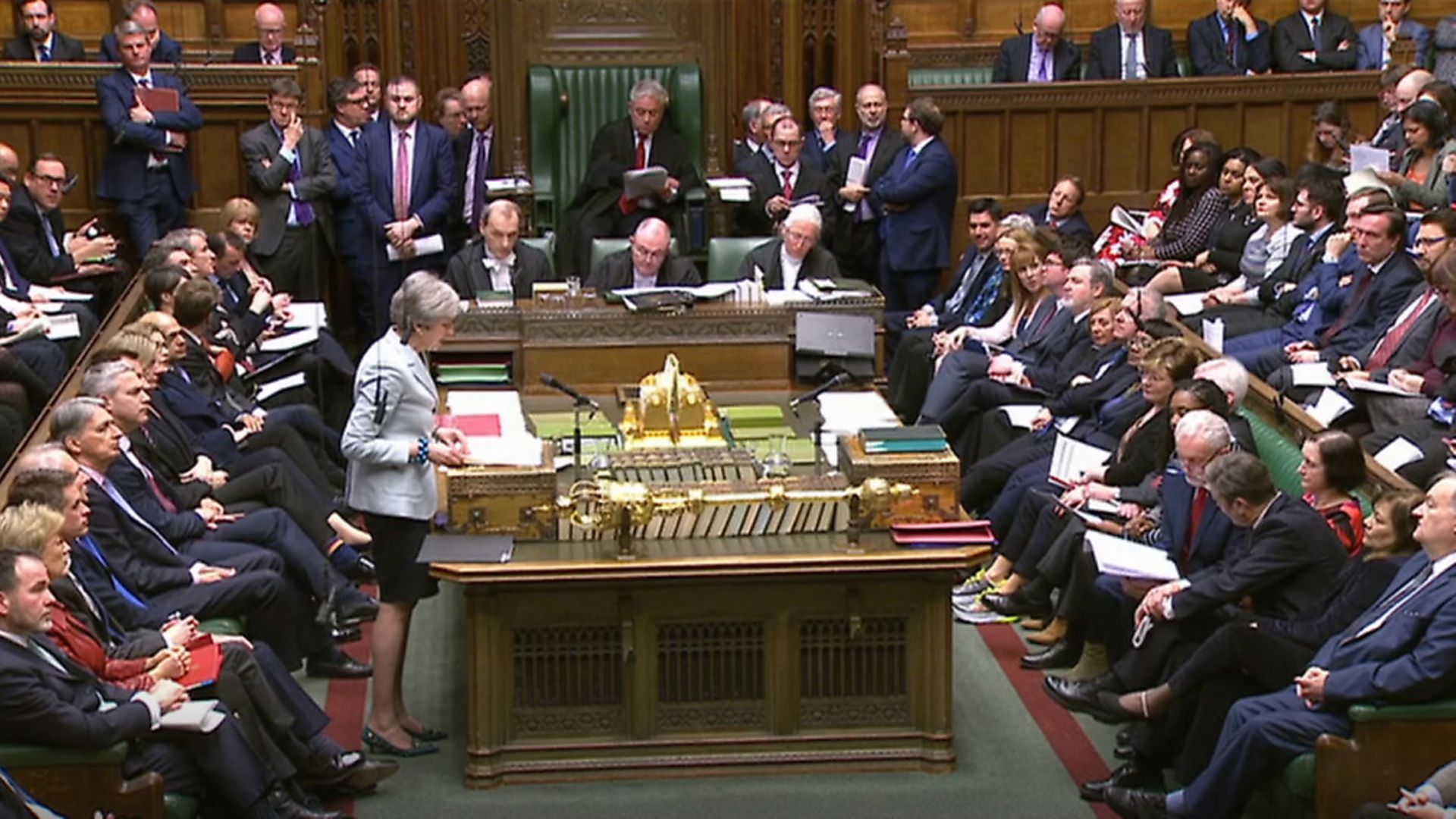
Eight options on the way forward for Brexit were put to MPs and each option was rejected, but what did we learn?
• MPs are still remain deeply divided
Even Sir Oliver Letwin, architect of the plan to hold a series of indicative votes on Brexit options, said it was disappointing that no proposal had secured a majority but he had anticipated as much and so MPs can do it all again on Monday.
The eight options put to votes were: no-deal Brexit, which was defeated by 240; the Common Market 2.0, defeated by 95; Efta and EEA membership – staying in the single market – defeated by 312; membership of a customs union, defeated by eight; Labour’s Brexit plan, defeated by 70; revocation of Article 50 to avoid a no-deal Brexit, defeated by 109; a confirmatory referendum on any deal, defeated by 27; and a plan for ‘contingent preferential arrangements’, which was defeated by 283.
• The call for a customs union came closest to a majority
It won support from 264 MPs but was rejected by 272.
Supporters view it as a way of protecting trade flows between a post-Brexit UK and the European Union, protecting manufacturing industries which rely on the just-in-time arrival of components and would face major disruption if red tape at the border held up deliveries.
But critics say it would prevent the UK from striking trade deals with countries around the world, as tariffs would have to remain aligned with those set by Brussels.
• But ‘confirmatory’ referendum on any deal also won over the most MPs
Some 268 MPs voted in favour of putting any deal agreed by parliament to a public vote, making it the proposal which garnered the most support. However, there were 295 votes against it.
But deputy Labour leader Tom Watson said it was a sign of ‘growing support for our compromise solution’.
• Despite it all, the government remains committed to Theresa May’s deal
The two ‘meaningful votes’ on the Prime Minister’s Withdrawal Bill saw it fall to defeats by a margin of 230 and 149, with 242 MPs supporting it at the second time of asking.
Supporters of a customs union and second referendum pointed out both options received more backing than Mrs May’s deal.
But Brexit secretary Stephen Barclay told MPs: ‘The results of the process this House has gone through … strengthens our view that the deal the Government has negotiated is the best option.’
• What will happen on Monday?
The Commons timetable is again expected to be taken over by Sir Oliver in order for more votes to be held in the hope of finding something – anything – that a majority of MPs can get behind. In the meantime, May could bring her plan back for another vote, hoping that her promise to quit after it is passed will win over enough of the Tory hardliners who have so far refused to back it.
Warning: Illegal string offset 'link_id' in /mnt/storage/stage/www/wp-includes/bookmark.php on line 357
Notice: Trying to get property 'link_id' of non-object in /mnt/storage/stage/www/wp-includes/bookmark.php on line 37






